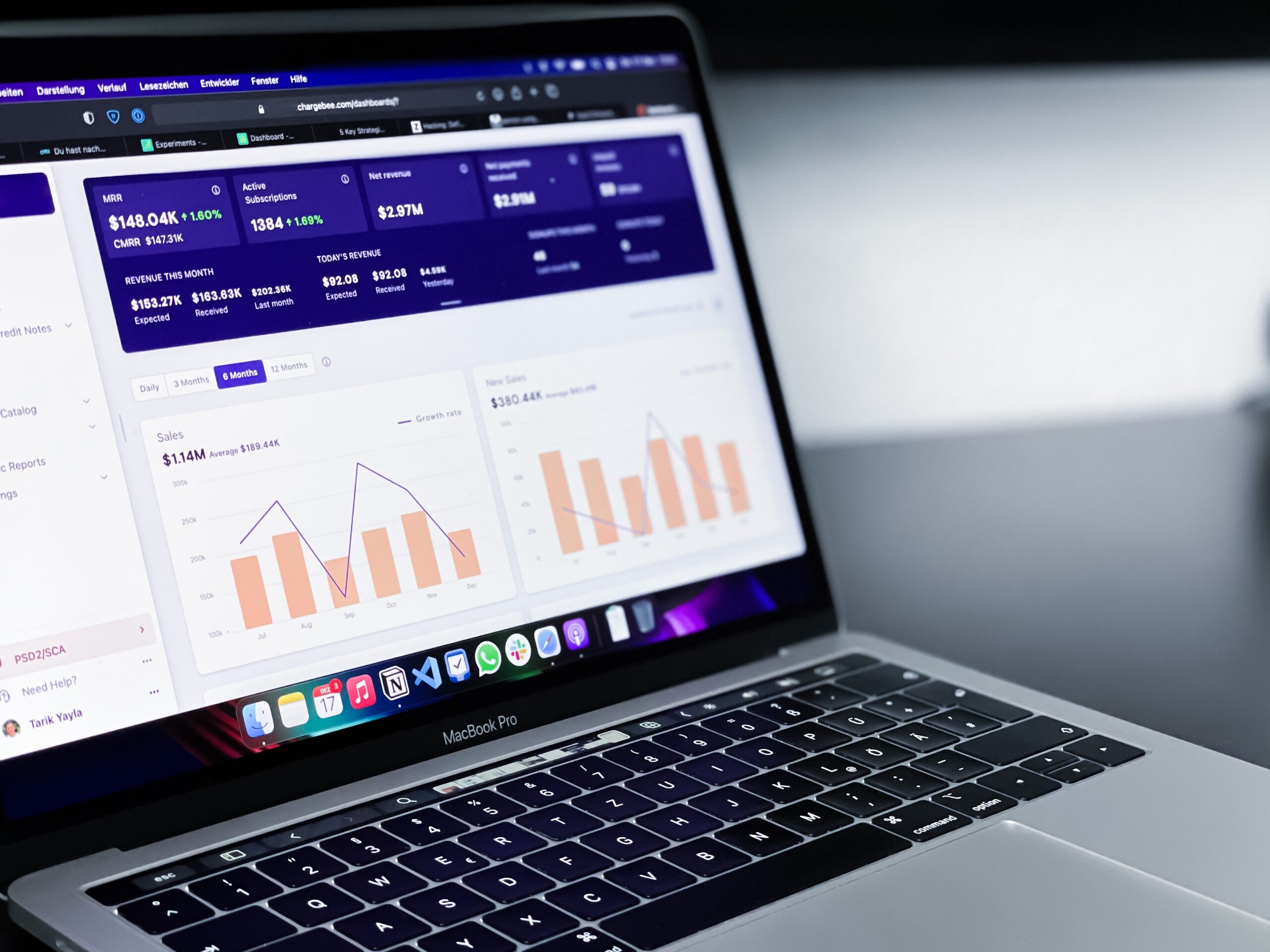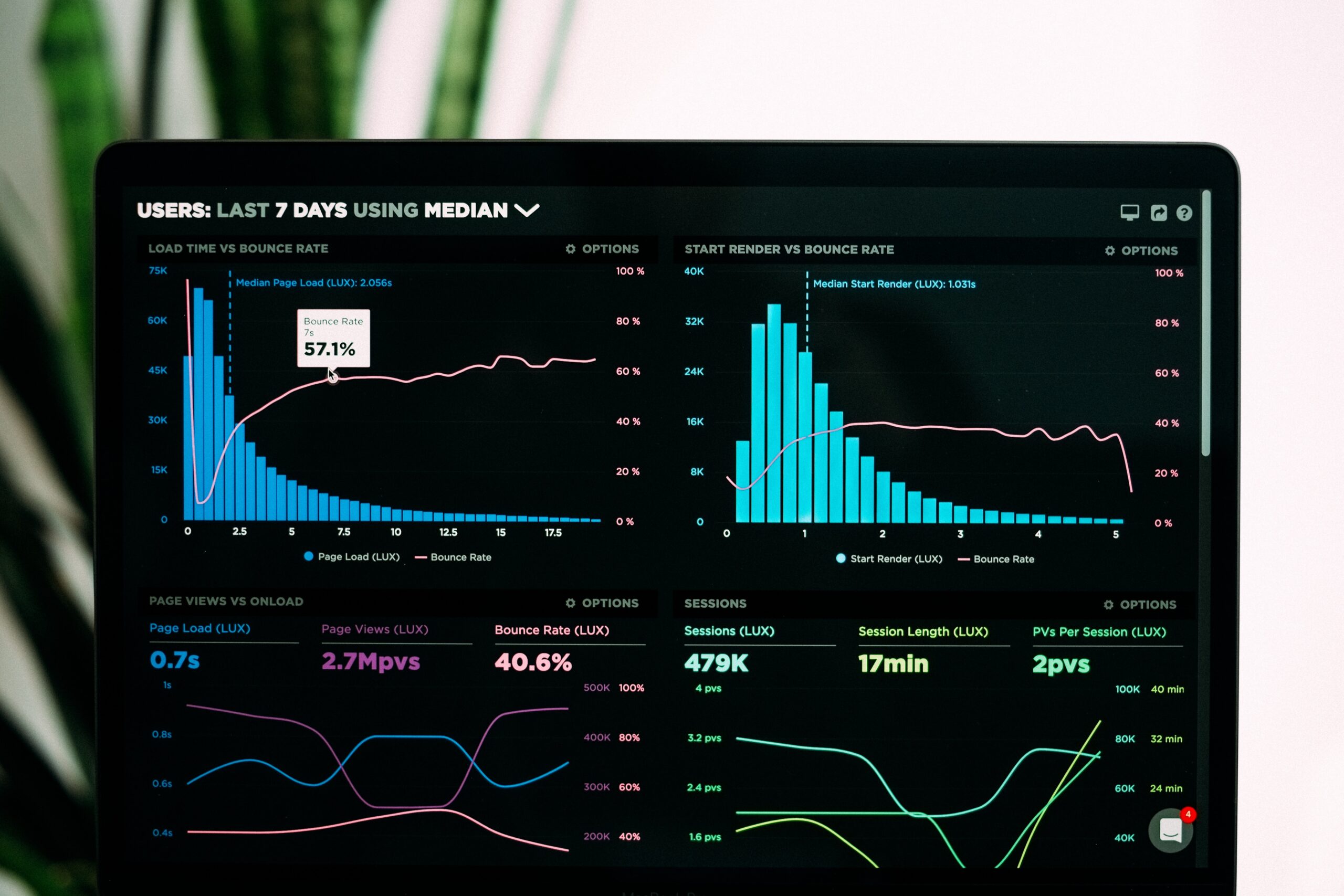In the ever-evolving landscape of business, staying ahead of the curve is essential for success. Predictive analytics has emerged as a powerful tool, offering businesses the ability to forecast future trends, make informed decisions, and gain a competitive edge. However, like any tool, predictive analytics comes with its set of benefits and drawbacks.
Benefits of Predictive Analytics in Business:
- Data-Driven Decision-Making: Predictive analytics empowers businesses to make decisions based on data rather than intuition. By analyzing historical and real-time data, organizations can identify patterns and trends, enabling more informed and strategic decision-making.
- Improved Efficiency: Automation of processes is a key advantage of predictive analytics. Businesses can streamline operations, allocate resources efficiently, and optimize workflows. This not only saves time but also enhances overall productivity.
- Customer Insights and Personalization: Predictive analytics allows businesses to understand customer behavior and preferences. By analyzing past interactions and transactions, companies can tailor their products and services, creating a more personalized and engaging customer experience.
- Risk Management: Businesses face various risks, from market fluctuations to supply chain disruptions. Predictive analytics enables proactive risk management by identifying potential issues before they escalate, helping organizations mitigate risks and protect their bottom line.
- Cost Reduction: Efficient resource allocation, inventory management, and targeted marketing efforts can lead to significant cost savings. Predictive analytics helps businesses optimize spending by focusing on areas that generate the highest returns.
- Market Trend Anticipation: Predictive analytics enables businesses to anticipate market trends and consumer preferences. By analyzing external factors and market dynamics, organizations can adjust their strategies to stay ahead of competitors and capitalize on emerging opportunities.
- Customer Retention Strategies: Understanding customer behavior allows businesses to develop effective retention strategies. Predictive analytics identifies factors influencing customer churn, enabling companies to implement targeted initiatives to retain valuable customers.
- Supply Chain Optimization: Predictive analytics aids in optimizing supply chain management by forecasting demand, identifying potential disruptions, and enhancing inventory management. This results in more efficient logistics, reduced costs, and improved overall supply chain performance.
- Fraud Detection and Prevention: Businesses can leverage predictive analytics to detect and prevent fraudulent activities. By analyzing patterns in transactions and user behavior, organizations can implement robust security measures to safeguard against financial losses and reputational damage.
- Employee Performance and Retention: Predictive analytics extends to human resources, allowing businesses to analyze employee data to predict performance and identify potential turnover risks. This information is valuable for implementing targeted retention strategies and optimizing workforce management.
Further Benefits of Predictive Analytics in Business:
- Dynamic Pricing Optimization: Businesses can leverage predictive analytics for dynamic pricing strategies. By analyzing market conditions, demand fluctuations, and competitor pricing, organizations can optimize their pricing structures in real-time to maximize revenue and competitiveness.
- Energy Consumption Optimization: Predictive analytics finds applications in industries with high energy consumption. Businesses can forecast energy demands, identify peak usage times, and implement energy-saving measures to reduce costs and minimize environmental impact.
- Enhanced Marketing Campaigns: Predictive analytics allows for more targeted and personalized marketing campaigns. By analyzing customer behavior and preferences, businesses can tailor their marketing messages, select optimal channels, and allocate budgets effectively, improving the overall return on investment.
- Quality Control in Manufacturing: Manufacturing industries can utilize predictive analytics for quality control. By analyzing historical data and real-time production metrics, businesses can predict potential defects, reduce waste, and maintain high-quality standards in their manufacturing processes.
- Strategic Resource Planning: Predictive analytics aids in strategic resource planning by forecasting resource requirements. This includes workforce planning, equipment maintenance schedules, and other resource allocations, ensuring that businesses operate efficiently and cost-effectively.
Exploring Additional Benefits of Predictive Analytics in Business:
- Optimizing Customer Acquisition Costs: Predictive analytics helps businesses identify the most cost-effective channels for customer acquisition. By analyzing historical data on acquisition costs and conversion rates, organizations can allocate resources to channels that yield the highest returns.
- Forecasting Economic Trends: Businesses can use predictive analytics to forecast broader economic trends that may impact their operations. This includes analyzing indicators such as inflation rates, interest rates, and GDP growth to make strategic decisions in anticipation of economic shifts.
- Customized Product Development: Predictive analytics assists in product development by analyzing market demand and consumer preferences. This insight allows businesses to tailor their product offerings, introducing features and innovations that align with customer expectations.
- Predictive Maintenance in Manufacturing: In manufacturing, predictive analytics can be applied to equipment maintenance. By monitoring machine data and historical performance, businesses can predict when machinery is likely to fail, enabling proactive maintenance to minimize downtime and repair costs.
- Enhanced Financial Forecasting: Businesses can improve financial planning through predictive analytics. By analyzing historical financial data and market trends, organizations can create more accurate forecasts, aiding in budgeting, investment decisions, and overall financial strategy.
Unveiling Further Benefits of Predictive Analytics in Business:
- Employee Training and Development: Predictive analytics can be employed for identifying gaps in employee skills and predicting future training needs. This ensures that businesses invest in relevant training programs, fostering continuous employee development and improving overall workforce competence.
- Early Detection of Market Disruptions: By analyzing various market indicators, predictive analytics can help businesses detect early signs of market disruptions or shifts in consumer behavior. This foresight allows organizations to adapt strategies swiftly, minimizing the impact of unforeseen market changes.
- Health and Safety in Manufacturing: In manufacturing settings, predictive analytics can contribute to health and safety initiatives. By analyzing historical safety data and real-time environmental conditions, businesses can predict potential hazards and implement preventive measures to enhance workplace safety.
- Improved Cash Flow Management: Predictive analytics aids in optimizing cash flow by forecasting future revenue streams and identifying potential liquidity issues. This allows businesses to proactively manage their finances, ensuring they have the necessary resources to meet financial obligations.
- Enhanced Collaboration Across Teams: Predictive analytics can break down silos within organizations by providing a common data-driven platform. This fosters collaboration across departments, allowing teams to share insights and work together towards common business goals.
Drawbacks of Predictive Analytics in Business:
- Data Quality and Privacy Concerns: The accuracy of predictive models heavily relies on the quality of input data. Inaccurate or incomplete data can lead to flawed predictions. Additionally, the use of sensitive customer data raises privacy concerns, necessitating robust security measures.
- Over-Reliance on Models: Businesses may fall into the trap of over-relying on predictive models, neglecting human expertise and intuition. A healthy balance between data-driven insights and human judgment is crucial for effective decision-making.
- Complex Implementation: Implementing predictive analytics can be a complex process, requiring skilled professionals and significant financial investment. Small and medium-sized enterprises may find it challenging to adopt these technologies, limiting access to the benefits.
- Lack of Transparency: Some predictive models operate as “black boxes,” making it difficult for users to understand how predictions are generated. Lack of transparency can lead to skepticism among stakeholders and hinder trust in the predictive analytics process.
- Dynamic Nature of Business: Business environments are dynamic, and factors influencing operations can change rapidly. Predictive models may struggle to adapt to unforeseen events, making it essential for businesses to continually reassess and refine their analytics strategies.
Additional Drawbacks of Predictive Analytics in Business:
- Bias in Models: Predictive models may inadvertently incorporate biases present in historical data. This can lead to discriminatory outcomes and reinforce existing inequalities, emphasizing the need for ongoing monitoring and mitigation of bias in predictive analytics.
- Data Overload: With the abundance of data available, businesses may face challenges in managing and interpreting vast amounts of information. Data overload can result in analysis paralysis, where organizations struggle to extract meaningful insights from the sheer volume of data at their disposal.
- Model Accuracy Challenges: Achieving high predictive accuracy can be challenging, especially in complex and dynamic environments. Businesses need to continuously fine-tune models, incorporate new data, and adapt to changing conditions to maintain the relevance and reliability of predictions.
- Integration Complexity: Integrating predictive analytics into existing business processes can be complex and time-consuming. Compatibility issues with existing systems and the need for employee training may pose challenges during the implementation phase.
- Ethical Considerations: The use of predictive analytics raises ethical considerations, particularly regarding privacy and consent. Businesses must establish clear ethical guidelines for the collection and use of data to maintain trust with customers and stakeholders.
Further Drawbacks of Predictive Analytics in Business:
- Interpretability Challenges: Some advanced predictive models, such as deep learning algorithms, lack interpretability. The inability to explain how a model arrives at a specific prediction can hinder user trust and understanding, especially in industries where interpretability is crucial.
- Data Security Risks: As businesses accumulate and analyze vast amounts of sensitive data, there’s an increased risk of data breaches. Protecting this data from unauthorized access and ensuring compliance with data protection regulations becomes a critical concern.
- Model Degradation Over Time: Predictive models may degrade in accuracy over time due to changes in underlying patterns, external factors, or shifts in customer behavior. Regular model monitoring and updates are essential to maintain the relevancy and effectiveness of predictive analytics.
- Regulatory Compliance Challenges: Businesses operating in regulated industries must navigate compliance challenges when implementing predictive analytics. Ensuring that predictive models adhere to industry-specific regulations and standards is crucial to avoid legal implications.
- Dependency on Skilled Personnel: The effective implementation of predictive analytics often requires skilled data scientists and analysts. The shortage of qualified professionals in these fields can pose a challenge for businesses looking to adopt and maximize the benefits of predictive analytics.
- Diving Deeper into Drawbacks of Predictive Analytics in Business:
- Bias Amplification: If historical data used to train predictive models contains biases, the models may perpetuate and even amplify these biases. This can lead to discriminatory outcomes and negatively impact decision-making processes.
- Lack of Industry-Specific Models: Some industries require highly specialized models, and off-the-shelf predictive analytics solutions may not adequately address industry-specific nuances. Customizing models for certain sectors can be resource-intensive and challenging.
- Difficulty in Measuring Impact: Determining the direct impact of
 on business outcomes can be challenging. Isolating the effects of predictive models from other influencing factors requires careful analysis and measurement, making it difficult to attribute success solely to predictive analytics.
on business outcomes can be challenging. Isolating the effects of predictive models from other influencing factors requires careful analysis and measurement, making it difficult to attribute success solely to predictive analytics. - Integration with Legacy Systems: Many businesses operate with legacy systems that may not seamlessly integrate with modern predictive analytics tools. Achieving compatibility and smooth integration can pose challenges, requiring additional resources and expertise.
- Consumer Trust and Perception: Implementing predictive analytics may raise concerns among consumers about privacy and the use of their personal data. Building and maintaining trust requires transparent communication about how data is used and protected, as well as ensuring compliance with privacy regulations.
- Further Examining Drawbacks of Predictive Analytics in Business:
- Unforeseen External Factors: Predictive models may struggle to account for unforeseen external factors such as natural disasters, political events, or global pandemics. The inability to predict these events accurately can impact the reliability of predictions.
- Limited Context Understanding: Predictive models may lack the ability to understand the broader context of certain situations. This limitation can lead to misinterpretation of data and inaccurate predictions, especially in scenarios where contextual understanding is crucial.
- Challenges in Real-Time Analysis: While predictive analytics excels in analyzing historical and batch data, real-time analysis can be challenging. Businesses operating in dynamic environments may face difficulties in obtaining timely predictions, affecting their ability to respond promptly to emerging situations.
- Dependency on Historical Data: Predictive models heavily rely on historical data for training. In rapidly evolving industries or during significant market shifts, historical data might not accurately represent current trends, impacting the model’s predictive accuracy.
- Complexity of Model Interpretation: Interpreting the results of complex predictive models can be challenging for non-technical stakeholders. Businesses may encounter difficulties in effectively communicating model insights to decision-makers, hindering the adoption of data-driven decision-making processes.
In conclusion, while predictive analytics offers immense potential for businesses, a careful approach is necessary to navigate its complexities. By addressing data quality, fostering a balance between data and human insights, and staying adaptable in the face of change, businesses can harness the true power of predictive analytics for sustained success.







